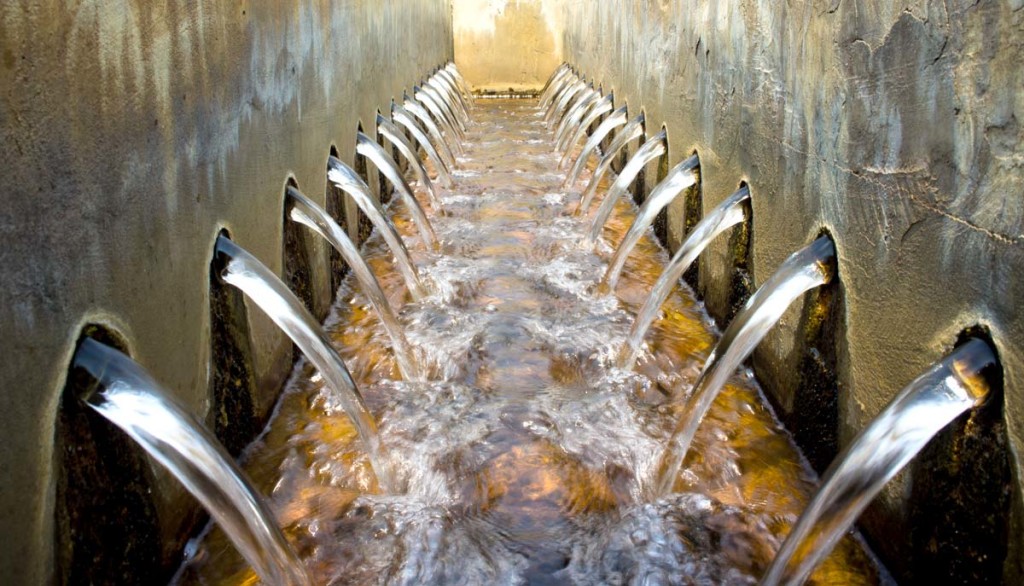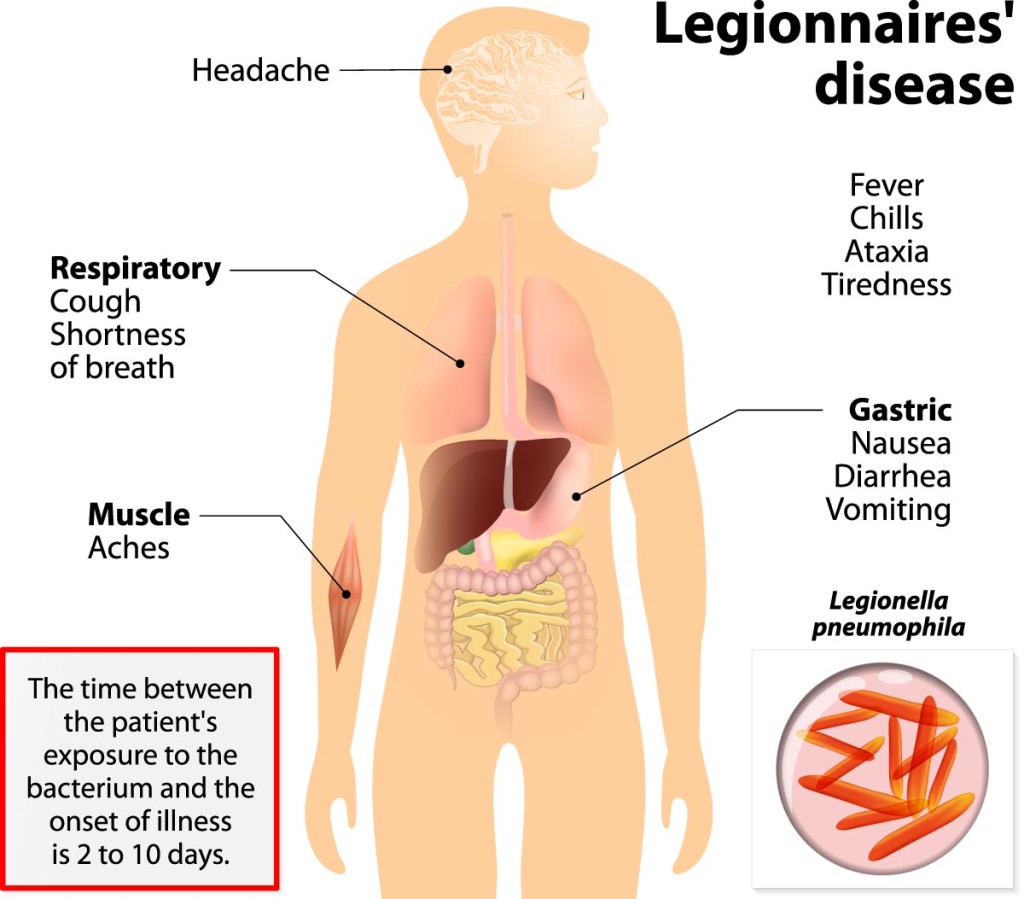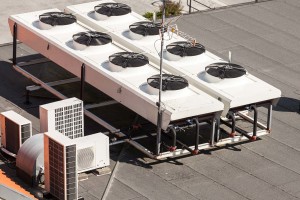
Biofilms. You will find them anywhere you find moist, warm environments. They form on rocks in creek beds, in livestock troughs, landscape water fixtures like fountains, and in pools and hot tubs. They form on walls subjected to mists. They are even that scum on your teeth in the morning.
AND, they are in your water system.
Like that scum on your teeth, you can’t always see them. Typically less than 500 microns thick, they are almost invisible to the naked eye. A micron, 1 X 10-6 meters or 0.000039 inches, is quite small. A human hair is normally 100 to 150 microns thick, so biofilms are the thickness of only three to 5 hairs. Frequently transparent, they are more easily felt than seen – just like that scum on your teeth. You know it is there, but you probably can’t see it.
Teeming with life, these biofilms harbor bacteria and one celled organisms that thrive in the glue-like gel. These one celled organisms, amoebae and protozoa, are host to another organism – Legionella. That’s right, these biofilms are the habitat and provide food for Legionella, the bacteria that cause Legionnaires’ disease.
Legionella is natural, and like biofilms, is everywhere.
Legionella can be found throughout our environment, in the soil and water. It can actually be found in the source water of most municipal water systems. The treatment process kills most pathogens, but not necessarily all. Resistant to chlorine disinfection, Legionella is one of the most difficult to treat directly, so it is not uncommon to find Legionella in potable water, though at extremely low concentrations. At such low levels, Legionella is generally not a health risk. It is only when it finds a suitable habitat and reproduces, that it becomes a risk to human health.
Unfortunately the deposits in ALL water systems, if allowed to grow biofilms, are the ideal habitat.
Growing biofilms lead to a condition the American Society of Heating, Refrigerating and Air-Conditioning Engineers (ASHRAE) calls amplification, the conditions of warm water and adequate biofilms teeming with host microorganisms, which allow Legionella to thrive. From these biofilms, Legionella are then released into the water systems. There, they can be inhaled via mists or fine droplets, into the lungs where they develop into Legionnaires’ disease.
All water lines and water systems can grow biofilms. There are always low spots, dead ends, and fittings that collect the deposits that trap the organisms that create biofilms. Once they form, they are hard to remove. Flushing alone cannot touch them, as the biofilms form a gel-like substance that glues them in place. Even shock chlorination and extremely hot water temperatures, two common treatments for cleaning water systems, often remove only the outer layer, leaving the biofilms largely intact to grow again. Within days to a few weeks, these biofilms are once again sheltering and nourishing the organisms that are the hosts to many bacteria, including Legionella.
Traditional cleaning and disinfection also require you to remove your system for service. You can’t safely allow your customers in contact with water while it is being shock chlorinated or raised to temperatures in excess of 150F.
But I am inspecting, and my system looks clean.
Biofilms can grow throughout the system, in places that are difficult to inspect. But even if you could inspect every inch, visual inspection just isn’t adequate. Remember these are very thin, often transparent layers of biofilm, extremely difficult to see.
Even periodic cleaning, in accordance with guidelines, may not be adequate to protect your customers and your business.
Take the case of the recent Legionnaires’ disease outbreak in the Bronx, in New York City (NYC). The initial cluster killed 12 people and sickened 120 others. Authorities traced the initial outbreak, which began in July 2015, to a hotel cooling tower.

But at the end of September 2015, another outbreak was reported. In another part of the Bronx, six miles from the initial outbreak, 12 persons were diagnosed with Legionnaires’ disease and one ultimately died. Thirty-five cooling towers in the area were sampled and 15 were found to harbor Legionella. Almost half! What is most alarming is that the New York Times reported that ALL these contaminated cooling towers had been cleaned and disinfected less than two months prior to this outbreak. The cleaning had left the deposits and biofilms in place, and the bacteria had simply regrown.
Fortunately, you can attack Legionella where it lives, in the biofilms!
Traditional cleaning and disinfection isn’t effective because it doesn’t remove the biofilms. So what can you do to protect your customers AND your business?
Blue Earth Products® has developed a potent weapon in the fight against Legionella – Clearitas®. Clearitas breaks down the biofilms within your water system, allowing you to flush them out of your system. Once removed, a lower dose can be continuously applied to prevent regrowth. Legionella has nowhere to hide, nowhere to feed, nowhere to grow – nowhere to launch attacks on your customers or your business.
You can’t afford to wait for an outbreak to see if your system might be at risk.

